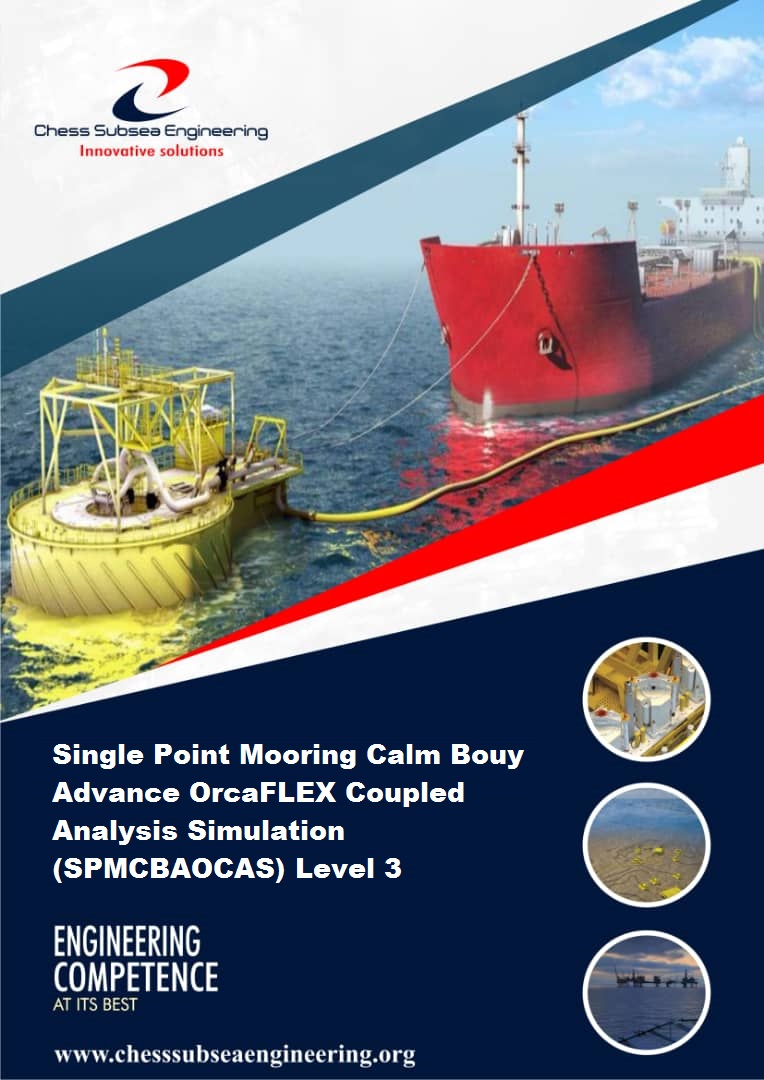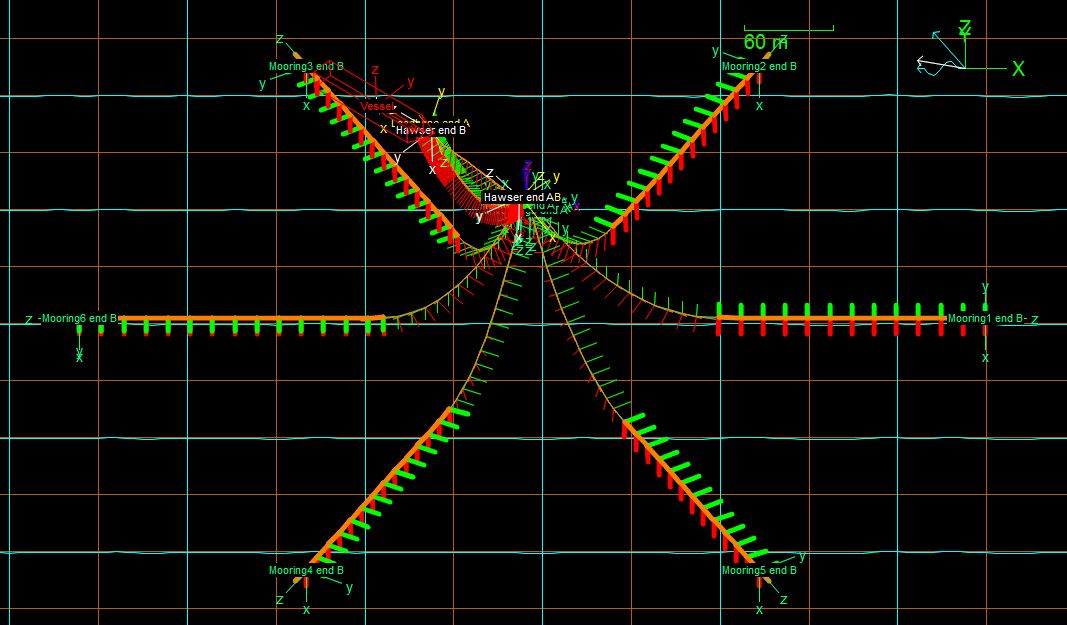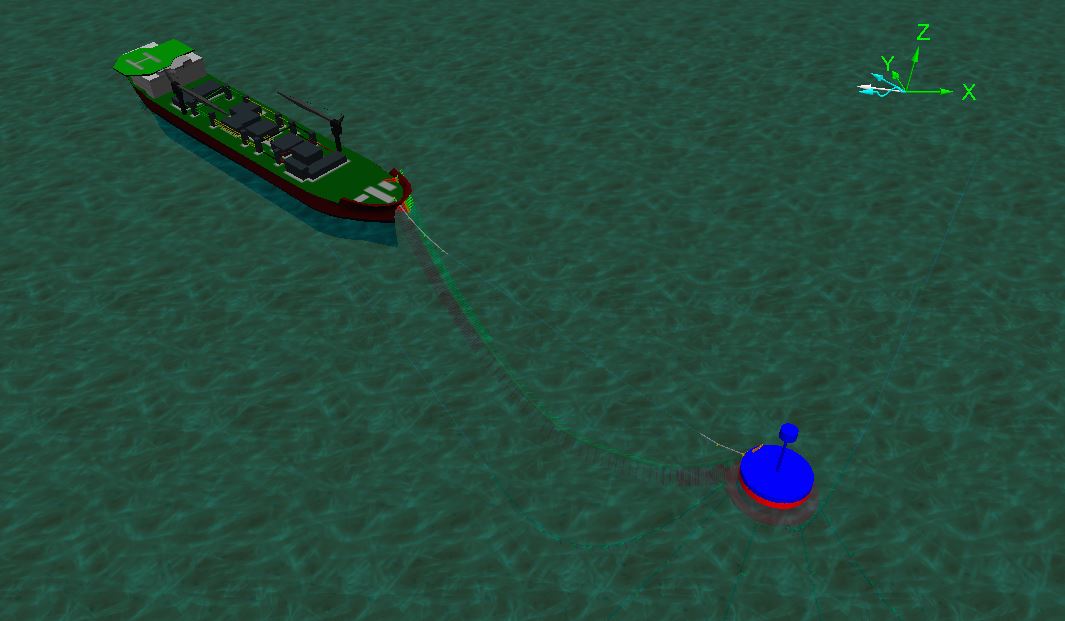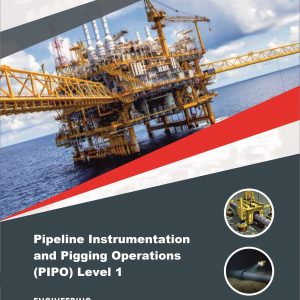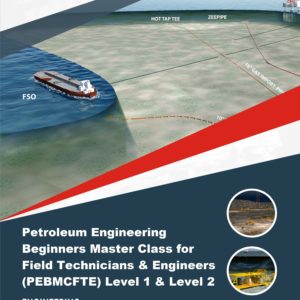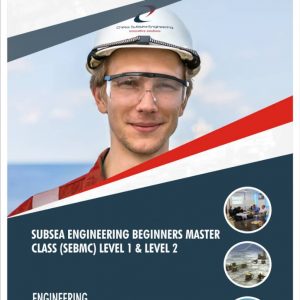Description
SPMCBAOCAS Level 3 is an advanced training program specifically designed for professionals involved in the design and analysis of single point mooring (SPM) systems using calm buoy technology. It focuses on the application of OrcaFLEX software for coupled analysis simulations to optimize the performance and safety of SPM systems.
SPMCBAOCAS Level 3 builds upon the knowledge gained in previous levels and delves into more complex aspects of SPM systems and their dynamic behavior. Participants learn advanced techniques for modeling, simulating, and analyzing the coupled response of the buoy, mooring lines, and tanker in various environmental conditions.
Participants in SPMCBAOCAS Level 3 gain proficiency in using OrcaFLEX software, which is specifically designed for the simulation of offshore systems. They learn to create sophisticated models of the SPM system components, apply environmental loading, and perform coupled analysis to assess the system’s performance under different operational scenarios.
The training emphasizes practical application and problem-solving through hands-on exercises and case studies. Participants engage in advanced simulations using OrcaFLEX software to analyze the dynamic response of the SPM system, evaluate mooring line tensions, tanker motions, and overall system stability.
SPMCBAOCAS Level 3 covers topics such as system optimization, fatigue analysis, and risk assessment of SPM systems. Participants gain insights into design considerations, operational limitations, and safety aspects of SPM systems using calm buoy technology.
In the case of a CALM (Catenary Anchor Leg Mooring) buoy, the mooring system consists of a series of anchor lines or chains that connect the buoy to the seabed. The buoy is free to move in response to environmental forces, while the anchor lines maintain tension and prevent the buoy from drifting too far from its desired position.
During the coupled analysis using OrcaFlex, the buoy is modeled as a rigid body with six degrees of freedom (DOF) that can move in response to wave, current, and wind forces. The anchor lines are modeled as flexible lines that can stretch and bend in response to the buoy’s motion. The analysis takes into account the effects of buoyancy, drag, wave and current loads, and the stiffness and damping of the mooring lines.
The results of the analysis can be used to optimize the design of the SPM system, including the number and placement of anchor lines, the size and shape of the buoy, and the length and diameter of the flexible hose or pipeline. The analysis can also be used to predict the system’s response to extreme environmental conditions, such as hurricanes and storms, and ensure that the system is designed to withstand these conditions.
Single Point Mooring Calm Bouy Advance OrcaFLEX Coupled Analysis Simulation (SPMCBAOCAS) Level 3 is purely hands on workshop and gives a comprehensive understanding of how to use the OrcaFlex software for calm bouy analysis either using the simple or discretized method.
In these simulation workshop, a CALM buoy is moored by six (6) equally spaced mooring lines. A shuttle tanker is moored to the buoy by a hawser, with fluid transfer through a floating hose. These workshop model are examples of coupled analysis. Simple CALM Buoy simulation method are presented Workshop 1 and Discretized CALM Buoy Simulation in Workshop 2.
Course Outline
Introduction
Single Point Mooring (SPM) Architecture
Operations Integration
Maintenance and Operations Guide
CALM buoy Simulation Workshop
Introduction to Calm Bouy Simulation with ORCAFLEX
Building the Model & Setting General Data
Building the Model & Setting Vessel Data
Building the Model & Setting Line Data
Building the Model & Setting SHEAR 7 Data
Building the Model & Setting VIVA Data
Building the Model & Setting All Object Data
Result Analysis of Calm Bouy Simulations
Introduction to Calm Bouy Simulation with ORCAFLEX
Building the Model & Setting General Data
Building the Model & Setting Vessel Data
Building the Model & Setting Line Data
Building the Model & Setting SHEAR 7 Data
Building the Model & Setting VIVA Data
Building the Model & Setting All Object Data
Result Analysis of Discretize Calm Bouy Simulations
Outcome
Participants will gain an in debt understanding of Single Point Mooring Calm Bouy Advance OrcaFLEX Coupled Analysis Simulation with ORCAFLEX at Level 3.
They will also be able to function with minimum supervision as a Subsea Installation or Design Engineer for IOCs, subsea SBM company contractor, vendor or installation company.
Certificate of Completion
At the end of the course certificate of Completion Based on Scottish NVQ standard Level 4 & 5 shall be issued directly from Chess Subsea Engineering Europe.
How to Register
Click here to download registeration booklet on msword and email completed booklet to info@chesssubseaengineering.org directly.





